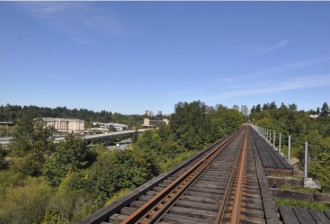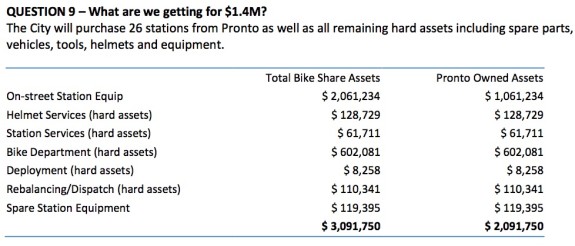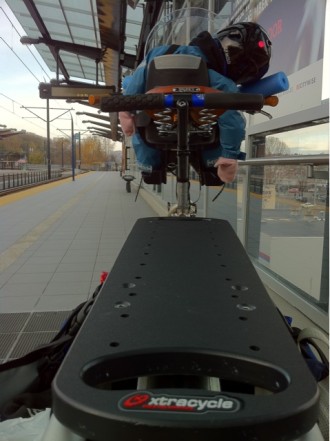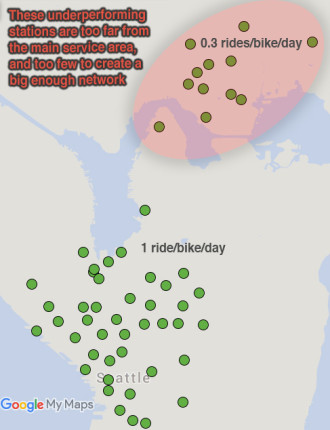
Our society wastes an astounding amount of food. Meanwhile, people in our own communities struggle with food insecurity or could use some help making tight budgets work.
That’s where Seattle Food Rescue comes in. Founder Tim Jenkins told Josh Kelety at Capitol Hill Seattle about the organization he founded to help connect fresh, perishable foods that didn’t sell at smaller grocery stores to people who could use some free food.
Inspired by Boulder Food Rescue, Seattle Food Rescue started by delivering primarily to food banks. But recently, the organization has expanded to serve affordable housing buildings directly.
America has a major food waste problem. That’s why for the past two years Seattle Food Rescue—a small volunteer non-profit organization of mostly college students — has been biking to grocery stores around Central Seattle picking up excess consumable food and delivering the goods to food banks and community partners around the city. Now, Seattle Food Rescue is partnering with Capitol Hill Housing to bring groceries right to the doors of residents at several properties.
“In an ideal world, all the food waste would be diverted from landfills to people who need it,” said Tim Jenkins, founder of Seattle Food Rescue. “That’s where we’d like to be headed.”













